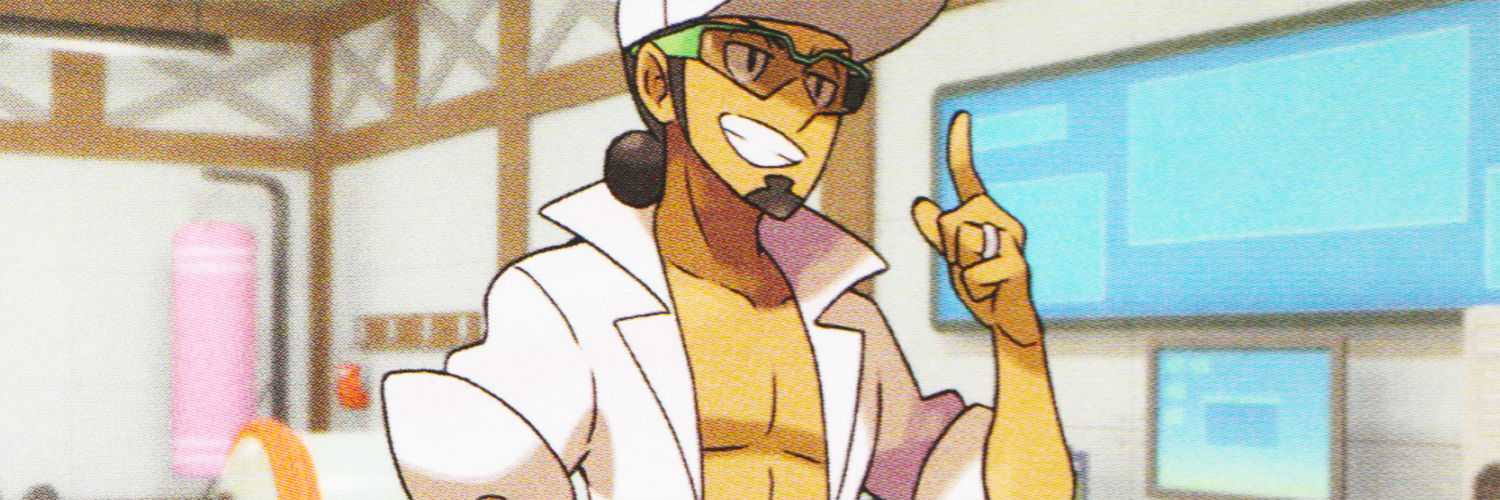As I type this, I am at Memphis Regionals, looking at a notepad stacked with information about the event. Unfortunately, I forgot to register for the tournament. Not sure how that happened; I have a memory of registering but I suppose that might have been a different Regionals on accident? Either way, I had to sit this one out. The extra time gave me the ability to look at the meta from a different perspective and talk to a bunch of players about their thoughts throughout the event. This is an article explaining the thinking of players and how it affects the meta – an interpretation of Pokemon player psychology.
This is a fairly short piece, but I have another article coming later this week with two new rogue decks.
The Meta
During the event
The first odd aspect of this event is that Golisopod Zoroark and Gardevoir were extremely underplayed. I did (and still do) consider these two of the tier one decks, so seeing them have less play than Zoroark Lycanroc, Decidueye Zoroark, and even Greninja, was confusing on another level for me. Lycanroc Zoroark seems to be the top play; it has the highest number of players using it and is the most commonly played deck out of the top players. This leads me to my first point: the top players seem to be playing the same decks as the average- and lower-skill level players.
We tend to see a split of some sort between what mid-tier players use and what top-tier players use, but I see the same decks: Greninja, Decidueye Zoroark, Lycanroc Zoroark, and some Gardevoir. There is a common belief that Lycanoc Zoroark is the best deck right now, which I wholeheartedly contest. But the popularity of Lycanroc Zoroark is something we need to understand. This archetype could have been around over a month ago. It did win the event and did extremely well overall, but only because of the way this meta has shifted.
Zoroark Lycanroc
Zoroark Lycanroc was supposed to be that secret deck for Memphis; the ‘sauce’ all the good players use while trying to keep it under the radar. The difference this time was that Ryan Sablehaus posted his list on Facebook after winning a Cup with it. It was decided that this was the deck far enough in advance for everyone to hop on the hype train. This belief that the deck was a superior version of Golisopod Zoroark became popular very quickly, in my opinion, just because players understand that the higher-tier player group was excited about this new idea.
I have a theory that Ryan realized the impact he had on the meta with the post and decided playing mirrors would be something he is comfortable with. Strategically this is a great idea because his influence in the community is great enough to get a good chunk of players to play the deck. It’s a killer deal for everyone involved because of course everyone wants to know about the sauce, while Ryan gets more matchups he likes.
Golisopod Zoroark and Lycanroc Zoroark have very similar Gardevoir matchups. Lycanroc Zoroark, however, is significantly easier to play. ZoroPod dishes out hard punishment to any misplay however, ZoroRoc can be played pretty well by mid-tier players. This is the second reason players picked the deck up, but probably one of the more subtle ones. I think this could have been more meaningful if players were better at judging their skill level, but in reality, most don’t take this into consideration when choosing a deck.
What has become very obvious to me after this event is how much influence Facebook, YouTube, and other Pokemon media now has. The post from Ryan made a huge difference and spurred a conversation within every team or testing group that involved the deck. How quickly information travels right now is a big part of why this deck popped up in such high numbers so soon after its inception. Staying up to date on the average player’s info can make a huge impact on being able to predict what will be played.
We should also notice that players did not have much time to find out what actually counters ZoroRoc. They did have enough time to get a decent list, test it out and move on, but not to get far enough to find a strong counter. We may have seen a different deck that provides a solid counter if players had more time, but in a case like this one, we can infer that most players will not have counters much of the time.
 You must have a Stage 2 Membership or greater to see the rest of this post. If you don't have a Stage 2 account, you can Sign Up for one here.
You must have a Stage 2 Membership or greater to see the rest of this post. If you don't have a Stage 2 account, you can Sign Up for one here.
